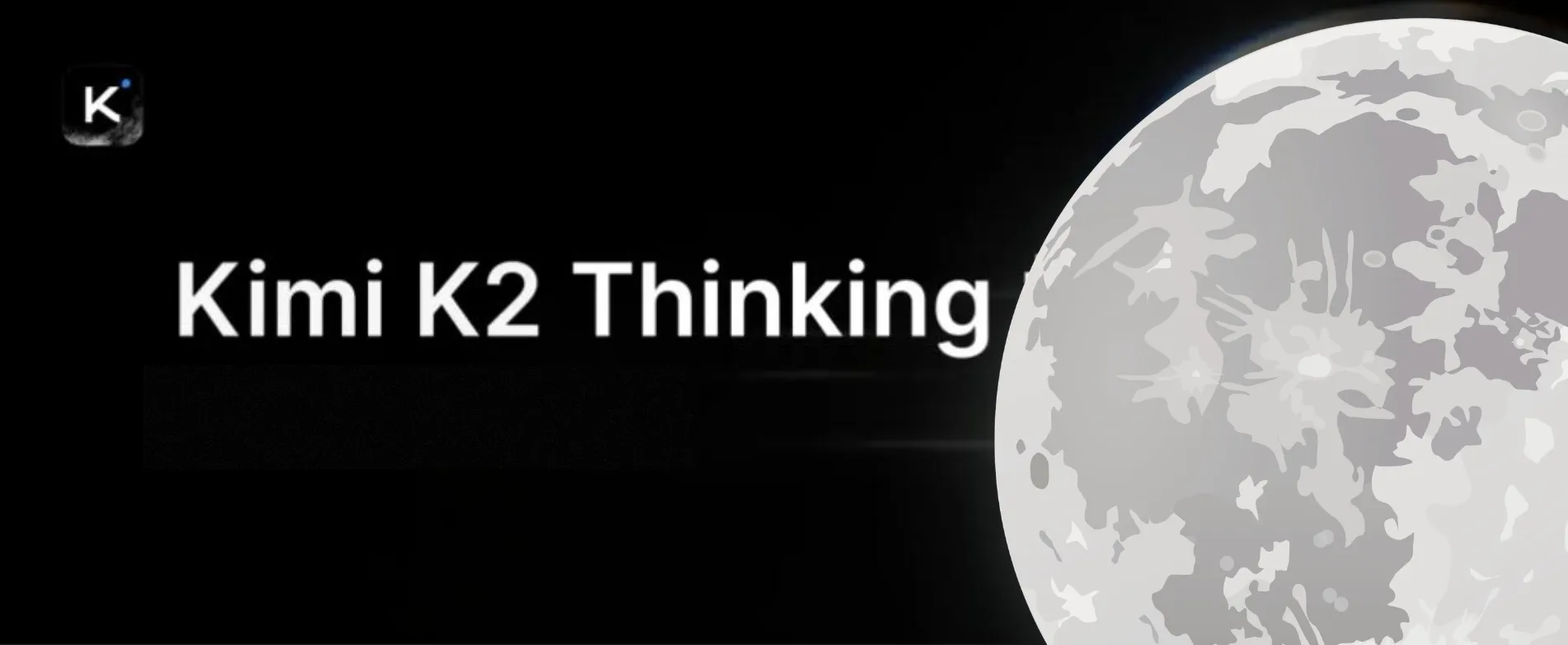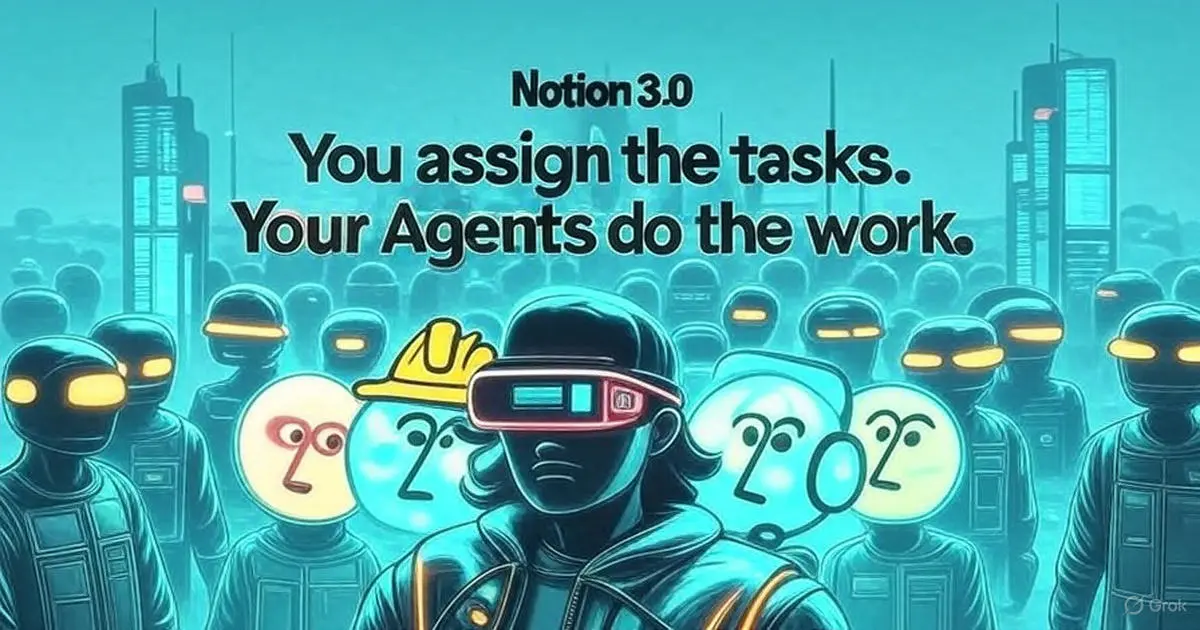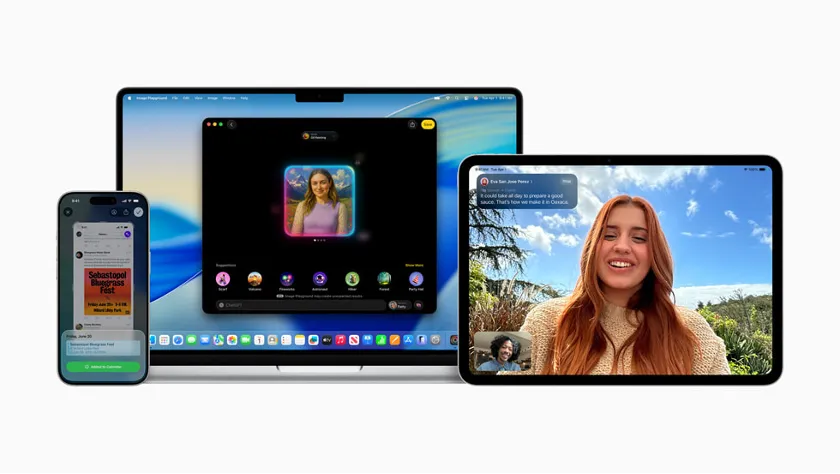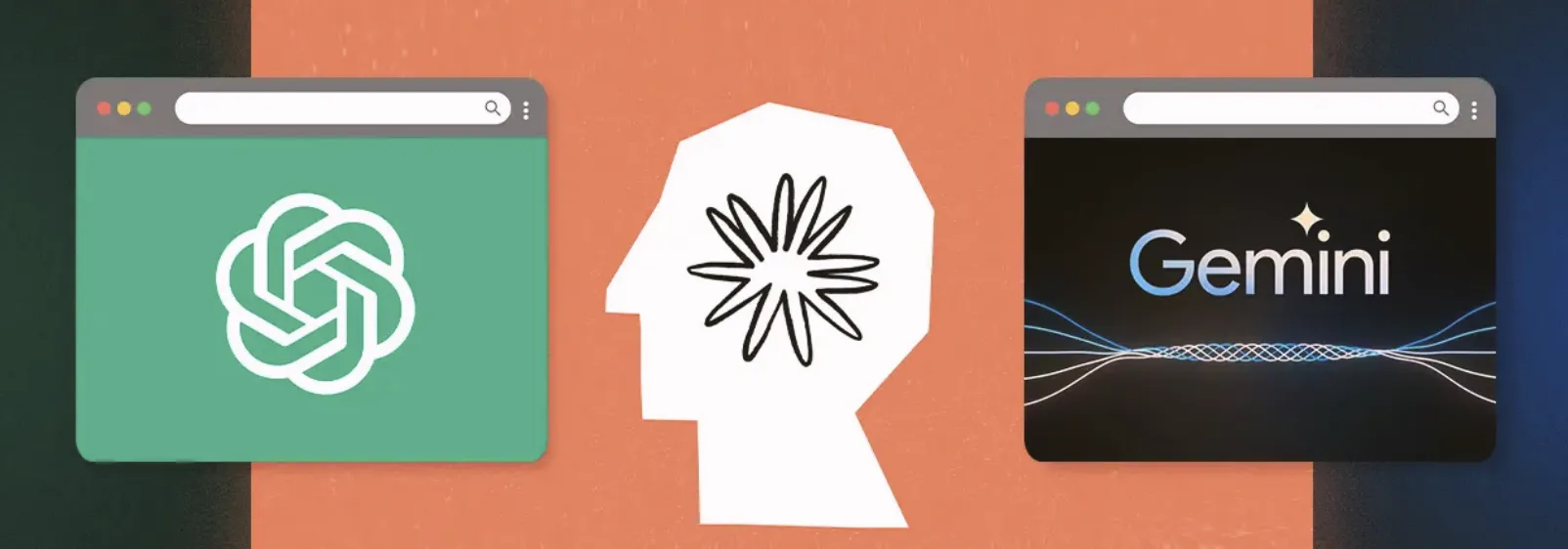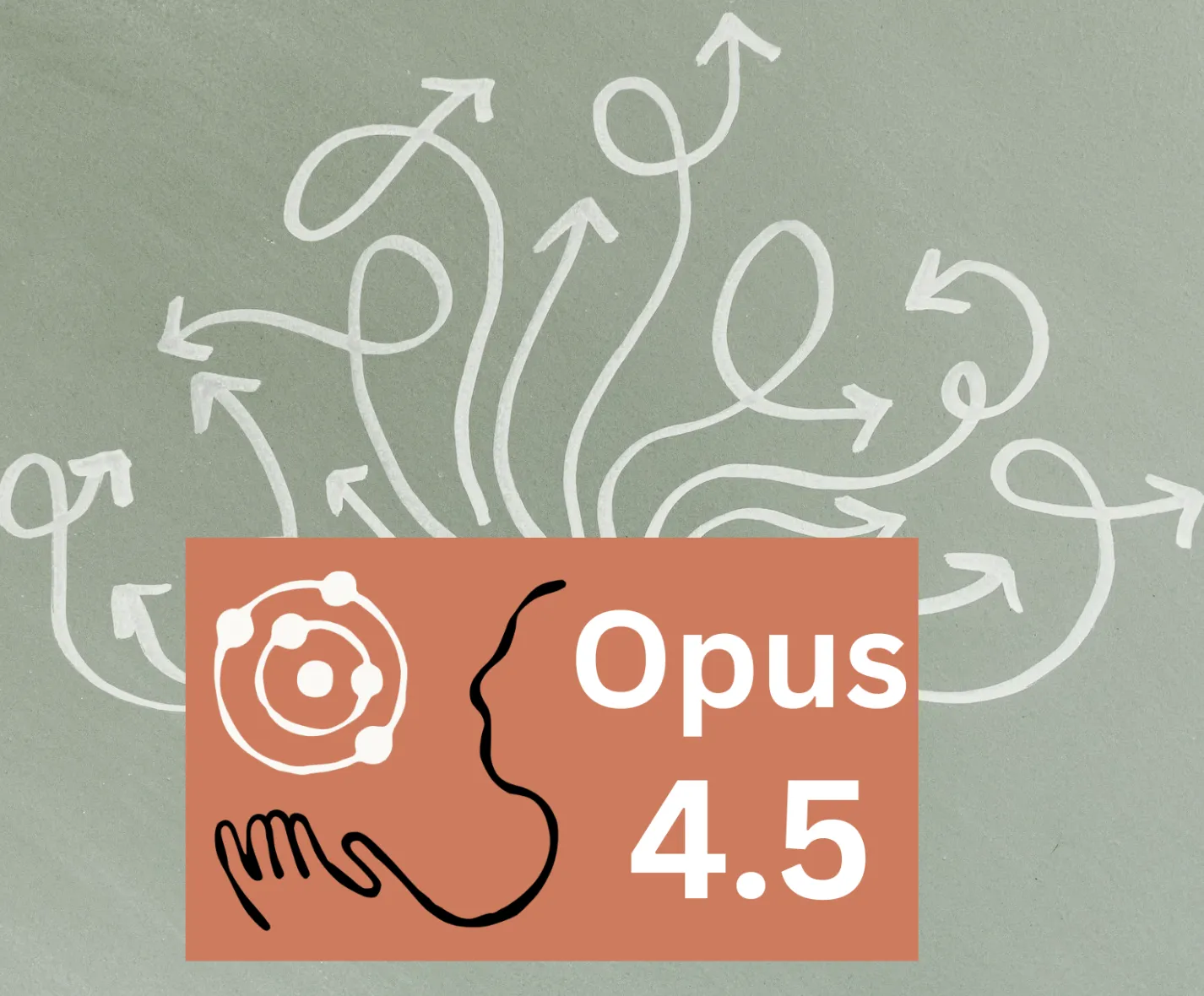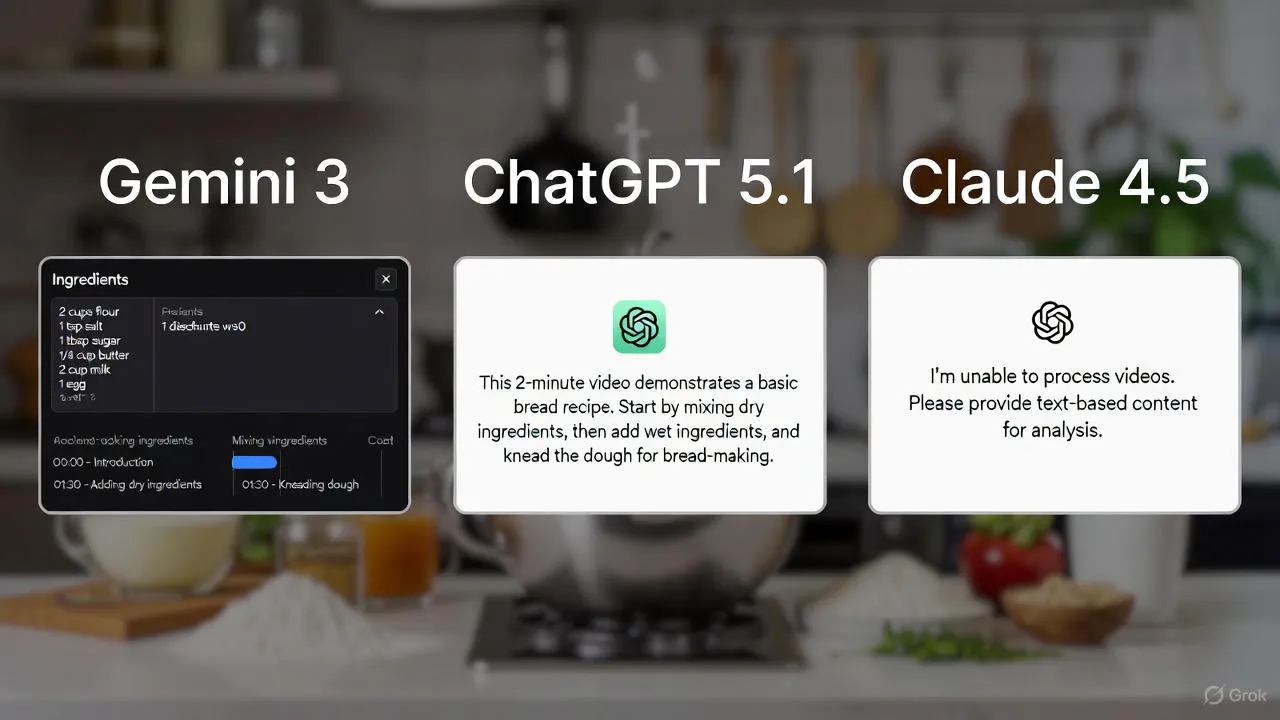Alibaba's AI Assistant That Builds Apps in 30 Second

Author: Boxu Li
Unlike traditional chatbots limited to text, Lingguang delivers code-driven outputs – it can respond with charts, 3D models, images, and even instantly generated apps. This industry-first capability empowers even non-programmers to create functional software tools just by asking, marking a significant leap in consumer AI technology[2]. Ant Group’s vision for Lingguang is to “make difficult topics easy to understand” and to transform how users access information by making it interactive and visual at every step[3].
Flash Apps: From Natural Language to Mini-App in Seconds
At the heart of Lingguang is the “Flash App” feature – a breakthrough that lets users describe an app they need and receive a working version on the fly. Simply by typing or saying a request (for example, “Create a budget tracker with weekly and monthly totals”), Lingguang will generate a personalized, interactive mini-app complete with user interface, logic, and data handling. All of this happens directly within the chat conversation in as little as 30 seconds[2]. This means you can go from idea to a runnable app faster than it takes to boil a cup of coffee, without writing a single line of code.
Lingguang can generate functional mini-apps (such as a “New Year Countdown” timer) entirely from a user’s prompt. The assistant designs the interface and writes the code, then runs the app within the chat.
Under the hood, Lingguang’s AI writes the full code for the app (hence “code-driven” outputs) and instantly executes it. The result isn’t a mockup or static graphic – it’s a live, interactive application you can tap and use immediately. In one example, a user asked “溏心蛋要煮多久?” (“How long to boil a soft-boiled egg?”) and Lingguang generated a “soft-boiled egg timer” app that allowed the user to input egg size and desired yolk firmness, then calculated the optimal boiling time[4]. In another case, asking about car maintenance costs yielded a “car cost calculator” app where the user could adjust mileage and fuel price sliders to personalize the result[5]. These examples illustrate how Flash Apps go beyond Q&A – they provide a tool that the user can interact with to get a personalized answer.
Notably, Lingguang’s Flash Apps are fully functional, not just demo front-ends. The system can incorporate back-end capabilities like AI models or data services so that the mini-app can perform real computations or fetch information in real-time[6]. In other words, the apps can “call” backend AI services as needed, which hugely expands what they can do. For instance, a Flash App can generate on-the-fly charts from user data, or pull live map information for a travel planner. This makes Lingguang’s mini-apps far more powerful than a typical template-based app builder – they are dynamic and intelligent by design.
Each Flash App also comes with built-in options to refine and share. After Lingguang generates an app, the user can tweak it through follow-up instructions (e.g. “add a reset button” or “make the background green”). In fact, Ant Group observed that most users iterate about six times per Flash App, and some power users made over 100 tweaks within two hours as they fine-tuned their generated apps[7]. Once satisfied, you can save the mini-app or share it with others, making it easy to distribute your newly minted tool.
How Lingguang Builds Apps: Code-Driven Multimodal Magic
Lingguang’s ability to “think” in code and visuals at the same time is enabled by Ant Group’s advanced AI architecture. Internally, the assistant breaks down your request into multiple parallel tasks – understanding the language, planning the app’s logic, designing the interface, and so on[8]. He Zhengyu, Ant Group’s CTO, explains that Lingguang will “automatically decompose user queries into task frameworks” and process them across different domains simultaneously[8]. For example, if you ask for a travel itinerary app, the system in parallel might generate text descriptions, a map interface, a 3D landmark visualization, and the application code that ties these together[9]. All these pieces are then merged into one cohesive response: you receive, say, a travel guide card with an interactive map and a working trip planner app in one go.
This feat is possible due to the modular AI models underpinning Lingguang. Ant Group has developed a family of large-scale AI models (codenamed “Ling (BaiLing)”) specialized in different skills[10]. The Lingguang assistant leverages this model family in an orchestrated way: a Mixture-of-Experts language model (called Ling-1T) with one trillion parameters handles the heavy lifting for coding, math, and fluent language generation[10][11]. A counterpart “thinking” model (the Ring series) contributes logical reasoning and step-by-step problem solving when needed[10][12]. And for visuals, there’s the Ming series multimodal model that can interpret and generate images, charts, audio, or even 3D objects[12]. Lingguang essentially acts as a conductor, calling on these specialized AI components (sometimes described as agents) to handle each aspect of the task[13]. When you request a Flash App, the language model writes the code, the multimodal model might supply any graphics or icons, and a reasoning module ensures the overall solution makes sense and is executed correctly – all of this happening behind the scenes within a few seconds.
Equally important is the optimization and error-checking that went into making Flash Apps reliable. Generating a non-trivial app from one or two sentences is extremely challenging – a concise user prompt might require the AI to produce hundreds of lines of code, manage interactive elements, and avoid bugs or logical mistakes[14]. To tackle this, the developers implemented optimizations to keep the generation efficient and accurate[15]. Lingguang’s response actually shows a bit of its reasoning: users will see that the assistant’s answer is not just the app, but also an explanation of how it built it, including any formulas or assumptions it used. This “multimodal trace” – e.g. an animation of how to use the app or a note explaining a calculation – helps users trust and verify the output[16][17]. It’s a clever way to make the AI’s work transparent and catch any mistakes early (you can even ask “Why did you choose this calculation?” and Lingguang will clarify its logic[18]).
In short, Lingguang’s Flash App builder can be seen as an AI software engineer in your pocket. It interprets your intent, translates it into structured code and design, and delivers a mini-app – complete with source code and documentation – almost instantly. This is why Ant Group describes Lingguang as giving every user “their own personal AI developer” who can “code, create visuals, build apps, and turn complex ideas into simple solutions” on demand[19].
Capabilities of Flash Apps – What Can You Build?
Lingguang’s Flash Apps are geared toward everyday, practical tools – the kinds of lightweight applications that make life easier or information clearer. The assistant can handle a wide range of app ideas spanning productivity, education, entertainment, and more. Some early examples demonstrated by Ant Group include[20]:
· Personal trackers and calculators: e.g. a calorie tracker app for logging meals and calculating daily intake, or a car maintenance cost calculator that outputs a budget based on your inputs[20][5].
· Simple games or interactive content: e.g. a Pac-Man style mini-game generated from scratch, illustrating that even basic game logic and UI can be created via prompt[20].
· Educational tools: e.g. a Chinese character memorization quiz app to help users study vocabulary, or an interactive physics demo that visually explains a concept.
· Utilities and planners: e.g. a to-do list or timer, a trip planner with interactive maps, a recipe generator with cooking timers, etc. – essentially any small app that presents controls (buttons, sliders, text fields) and produces a useful output.
What’s remarkable is that these apps can incorporate rich media. Lingguang can inject charts, images, or 3D visualizations into an app if it enhances the functionality. For instance, if you ask for a geography quiz app, it could include an interactive map component. If you want a workout planner, it might generate a chart of your progress or even a stick-figure animation of each exercise. All these different content types (text, graphics, audio, maps, 3D models) are part of Lingguang’s multimodal repertoire[3][21], and they can be assembled as needed within the Flash App.
Crucially, Flash Apps are immediately usable and shareable. Once Lingguang builds the app, you can start using it right there – input your data, click the buttons, see results – as if you had downloaded a small app on your phone. You can also save the app for later or send it to someone else. The assistant provides an option to export the app or get a link/QR code so others can try it out. According to Ant Group, the Flash App feature was so popular at launch that their servers struggled to keep up: it “temporarily crashed due to overwhelming usage”, leading the team to perform eight rounds of emergency capacity expansion to accommodate demand[22]. During the launch week, the company noted an explosion of user-generated mini-apps being shared – a trend they playfully dubbed a “hand-crafting apps craze” among ordinary users.
To summarize what you get when Lingguang generates a Flash App, here are the key components delivered in each 30-second build[23]:
· A working prototype – a live mini-app you can interact with directly in the chat interface.
· UI components & content – automatically generated interface elements (buttons, text fields, images, etc.) and text copy tailored to your prompt.
· Code preview & explanation – a snippet of the underlying code with inline comments explaining how the app works or why certain choices were made.
· One-click editing and sharing – convenient options to refine the app through follow-up instructions, save it to your device, or share it with others (e.g. via a link or QR code).
These features make Flash Apps useful as rapid prototypes or personal utilities. They are not meant to replace fully developed software – think of them as quick solutions or proofs-of-concept. In fact, developers have coined the term “vibe-grade” or “MVP-grade” for such outputs: they’re great for validating an idea or solving a niche problem, though they might not be production-ready for millions of users[24][25]. For example, a Flash App that tracks expenses can instantly show a concept to your finance team, but if you were to build a full-scale budgeting app for the public, you would eventually rework and harden the code. Still, the ability to “get a functioning demo during lunch” instead of spending weeks on a prototype is a game-changer[26].
A New Tool for Product Managers and Creators
For tech-savvy users and product managers, Lingguang opens up an exciting new workflow. It effectively serves as a no-code app builder powered by AI, allowing teams to move from idea to demo at unprecedented speed. This means brainstorming sessions can yield tangible outputs on the spot: imagine a product manager sketching an app concept in a meeting, and by the end of the meeting having a clickable prototype generated by Lingguang to demonstrate the concept. The speed (literally half a minute for an app) provides a rapid feedback loop – you can test an idea’s viability almost immediately, gather feedback from colleagues or users, iterate on the design, and even A/B test different versions by asking Lingguang to tweak features.
Another benefit is accessibility. No coding skills are required to use Flash Apps, so designers, managers, or domain experts can prototype tools without needing a developer in the loop. The AI handles the translation from natural language to actual code, lowering the barrier for software creation. This enables more people on a team to contribute interactive ideas. The multimodal output also helps non-engineers understand the result: instead of looking at raw code (which many can’t), stakeholders see a working UI and visual explanations. As the Vibe Coding review noted, “visuals, diagrams, and animations reduce the black box feeling of code suggestions”, meaning even someone who has never written code can follow what the AI-built app is doing[27]. This transparency can foster collaboration – a designer could prompt Lingguang for an app, see how it decided to implement features, and then refine the requirements accordingly.
From a productivity standpoint, Lingguang’s Flash Apps are like having an on-demand prototyper or an assistant developer. Need a quick tool to analyze some data or automate a routine task? Just ask Lingguang to make it. Want to demonstrate a product idea to a client? Describe it in natural language and get an interactive demo to share. The extremely fast turnaround can compress development cycles, allowing teams to explore more ideas in the same amount of time. It’s the embodiment of the “fail fast, fail cheap” innovation mantra – since building a throwaway prototype is virtually free and instantaneous, teams can afford to experiment more widely.
Of course, there are caveats. Quality control remains important – the code Lingguang generates, while impressively functional, isn’t infallible. You still need to test the mini-apps and be mindful that the AI might make incorrect assumptions or occasional errors (for example, a calculation bug or a layout quirk). Lingguang’s outputs are best treated as drafts or starting points. For serious use cases, a developer would review and polish the code. Fortunately, Lingguang makes it easy to inspect its work by providing commented code and reasoning, so a human can quickly spot obvious issues. In practice, many users treat Flash Apps as a collaborative starting point: the AI builds the first version, and a human can then refine it – either by instructing the AI to adjust or by manually editing the exported code.
Early Traction and Ecosystem Outlook
Lingguang’s launch in November 2025 drew massive attention in China’s tech community. Within four days of release, the app surpassed 1 million downloads and shot to the #1 position in the free utilities category on the iOS App Store[28]. Just two days later, downloads crossed the 2 million mark in under a week[29] – a growth curve that outpaced even some of the most famous AI apps’ early adoption. The surge in user interest speaks to the appeal of its Flash App builder and rich answers. In fact, the Flash App feature became a victim of its own success initially, as mentioned earlier: so many users tried to generate apps that the service had to pause new requests briefly to add server capacity[22]. Ant Group’s tech team noted on social media that this was an “unprecedented demand”, reinforcing that Lingguang had struck a chord with users eager to create their own apps.
Behind this popularity is a broader strategic play. Alibaba and Ant Group are positioning consumer AI as the next big platform, and Lingguang is a key piece of that puzzle[30][31]. Unlike Alibaba’s other AI offerings that focus on general Q&A or enterprise use, Lingguang is optimized for mobile, interactive experiences[32]. It’s part of a multi-pronged approach to capture user engagement in the AI era. By focusing on high-value, practical features (like coding and multimodal output) rather than open-ended chatting, Ant Group aims to differentiate Lingguang as an “efficiency tool” for getting things done[33]. This aligns with Ant’s strength in financial and lifestyle services – Lingguang isn’t trying to be a social chatbot companion, but rather a problem-solving assistant that can streamline tasks.
Moving forward, Ant Group has hinted at building out an ecosystem around Flash Apps. The company plans to introduce a marketplace and hosting platform for the mini-apps users create[34]. This means you might soon browse a catalog of Lingguang-generated apps, ready to use or adapt, much like browsing an app store but for AI-made micro-apps. By lowering the barrier to app creation, Ant expects a surge of user-generated content, and a marketplace would enable sharing and discovery of the best Flash Apps. “We want to lower the barriers for anyone to create and consume mini apps,” said Lingguang’s product lead[34]. This approach parallels how Ant’s Alipay platform fostered a thriving mini-program ecosystem for third-party services. In fact, it’s easy to imagine Lingguang’s Flash Apps integrating with super-apps like Alipay in the future. They cover similar domains – from travel planning to personal finance management[35] – so a Flash App could naturally plug into a user’s Alipay wallet or lifestyle app, bringing AI-generated interactivity to everyday services. For example, a merchant on Alipay might deploy a Flash App as a mini-storefront or a personalized shopping guide for customers, created in minutes by simply describing it to Lingguang.
Another exciting possibility is how Lingguang’s AGI Camera (“Open-Eye”) feature might work together with Flash Apps. The AGI Camera allows Lingguang to see and understand real-world scenes through your phone’s camera[36]. Users can snap a photo or video and ask Lingguang questions or give commands about it – effectively getting real-time visual assistance. This visual mode can recognize objects, read text (OCR), and even generate new images or videos. When combined with the app builder, it creates a powerful loop: you can point your camera at something and say, “Make an app for this.” The Vibe Coding review gave an example where a user photographed a storefront and requested a simple CRM app for tracking foot traffic – Lingguang identified the type of business from the sign and generated a tiny customer logging app tailored for that shop[37]. In another case, seeing the contents of a fridge, Lingguang could spin up a meal planner app using those ingredients[38]. This scene-aware creativity suggests that in the near future, AI app generation won’t be limited to typed prompts. It could be triggered by what you’re looking at (augmented reality, anyone?). Ant Group has alluded to such possibilities, hinting that Lingguang could eventually tie into smart glasses or AR devices to truly merge the physical and digital creation experiences[39].
Limitations and Considerations
While Lingguang’s Flash App builder is a notable leap forward, it’s not without limitations – especially in these early stages. Users and product managers exploring this tool should keep a few considerations in mind:
· Code quality and correctness: The generated apps are impressive, but not perfect. Like any AI-generated code, there can be hidden bugs or logic errors. For example, calculations might sometimes be off, or edge cases might not be handled. Testing and validation are still necessary before relying on a Flash App for anything critical. The good news is Lingguang provides explanations for its code, which helps in spotting mistakes and refining the app[40]. Treat the outputs as prototypes – a starting point that might need further debugging for production use[41].
· Complexity limits: Flash Apps work best for simple to moderately complex applications. If you request something very elaborate (say, a full e-commerce app with user logins and database integration), Lingguang may struggle or produce a simplified version. The system currently shines in creating single-purpose tools or demos rather than complete, large-scale apps. As one review noted, “you will outgrow it when you need complex auth flows or deep integrations”, meaning there’s still a gap between these quick AI-made apps and traditional software projects[42].
· Performance and scalability: Early users did experience some server overloads due to the high demand. Although Ant Group scaled up their infrastructure, one can expect occasional slowdowns or rate limits during peak times (especially since each Flash App request consumes significant computation to generate code, graphics, etc.). For now, Lingguang is also mobile-only in China, with access for international users limited (there is mention of a global web client in the works[43]). If you’re outside China, you might have to wait until the app expands its availability or find unofficial ways to try it. The region-lock is an important consideration for global teams – collaborators abroad may not easily access the Lingguang app yet[44].
- Privacy and security: Since Flash Apps can call on backend services and possibly handle user data, Ant Group will need to ensure robust privacy safeguards. For example, if a Flash App processes personal information or connects to external APIs, it should comply with data protection standards. Ant Group’s positioning of Lingguang as an AI for everyday users implies they are attentive to safety – the assistant likely has filters (to avoid generating harmful or copyrighted content) and discloses when content is AI-generated, following emerging regulations. Still, enterprises evaluating Lingguang’s tech for their own use would need to consider compliance, sandboxing of the generated code, and other governance aspects (an enterprise edition or API with stricter controls may be on the horizon, given commercialization plans).
- User experience and learning curve: Interestingly, there is a bit of a learning curve to “thinking in prompts” for app creation. Users must clearly describe what they want, and sometimes the first attempt might not capture all requirements. Lingguang does provide follow-up suggestions (it might ask if you want to refine something), but effective use may require an iterative mindset. This is more a new skill to learn than a flaw – akin to learning how to query a search engine or use a new piece of software. Product managers trying Flash Apps might experiment with how best to phrase feature requests to get the ideal outcome. The upside is that this is far easier and faster than learning to code, making it well worth the trade-off.
Conclusion: A Glimpse at the Future of App Creation
Lingguang’s Flash App builder represents a paradigm shift in how software can be conceived and delivered. By collapsing the distance between an idea and a usable implementation, it enables a level of agility and creativity that would have been science fiction a few years ago. A single individual can now do in seconds what used to require a team of developers days or weeks – at least for certain types of applications. This has profound implications for prototyping, personalized tools, and the democratization of software development. As Ant Group frames it, “letting complex things become simple” is the core of Lingguang’s product philosophy[45][46], and in practice it means turning a one-sentence wish into a tangible, interactive solution.
For tech-savvy audiences and product leaders, Lingguang is worth following not just as a novel app, but as a signal of where AI and product design are heading. It blends generative AI, no-code development, and multimodal interaction into a single user experience that could inspire similar offerings globally. Competing tech firms are likely to develop their own spin on AI app generators, and developers might integrate such AI capabilities into IDEs (integrated development environments) to assist with coding. Ant Group has gotten an early lead in launching this in a consumer-facing package, and its rapid adoption (millions of users in days) shows a real appetite for AI that creates rather than just answers.
In the coming months, key indicators to watch will be how engaging and useful the Flash App ecosystem becomes – for example, do users keep using the mini-apps after the novelty, and do third-party developers start tailoring content for Lingguang’s platform? Ant Group is likely to release updates to Lingguang’s underlying models (the BaiLing family) to further improve coding accuracy and multimodal richness. They are also investing in complementary AI services (from healthcare to finance) which could tie into Lingguang, making it even more capable across domains[47]. It’s conceivable that a year from now, Lingguang’s apps will be more sophisticated, and a global rollout might be underway, introducing non-Chinese users to this full-modal AI assistant.
Ultimately, Lingguang hints at a future where software creation is conversational. Today it’s mini-apps in a chat; tomorrow it could be larger applications or even hardware automation via a simple dialogue with an AI. We are witnessing the early steps of AI moving from answering our questions to enacting our intentions. Lingguang’s Flash App builder is a compelling early example of this shift – a tool that doesn’t just tell you how to solve a problem, but actually gives you a solution in the form of a working app. For product managers, developers, and tech enthusiasts, it offers a glimpse of a more interactive and accessible development process, where brainstorming and building happen in the same breath. It’s an exciting development, and as Lingguang and similar AI assistants evolve, they could very well redefine how we think about bringing ideas to life in the digital world.
Sources:
· Ant Group Press Release – “Ant Group Unveils China’s First Multimodal AI Assistant with Code-Driven Outputs”, BusinessWire (Nov 17, 2025)[48][2].
· SCMP – “Ant Group launches LingGuang AI assistant capable of building simple apps in 30 seconds” (Nov 18, 2025)[1][35].
· 36Kr (via KrASIA) – “Ant Group launches LingGuang, a multimodal AI assistant built for the app era” (Nov 26, 2025)[49][50][34].
· Vibe Coding Review – “LingGuang App Review: Ant Group's Multimodal AI Jumps Into the Arena” (Nov 18, 2025)[28][23][51][52].
· India Today – “Chinese AI app LingGuang explodes to 2 million downloads with instant app building and AGI camera” (Nov 27, 2025)[22][29].
· Yangzi Evening News – “30秒生成应用的AI助手来了!蚂蚁‘灵光’App正式上线” (Chinese, Nov 18, 2025)[53][6].
· Ant Group Press Release – “Ant Group Unveils Ling AI Model Family and Launches Trillion-Parameter Model Ling-1T”, BusinessWire (Oct 9, 2025)[10][12].
[1] [20] [35] Ant Group launches LingGuang AI assistant capable of building simple apps in 30 seconds | South China Morning Post
[2] [3] [8] [19] [21] [48] Ant Group Unveils China’s First Multimodal AI Assistant with Code-Driven Outputs
[4] [5] [6] [13] [45] [46] [53] 30秒生成应用的AI助手来了!蚂蚁“灵光”App正式上线
https://www.yzwb.net/news/ch/202511/t20251118_290473.html
[7] [22] [29] [43] Chinese AI app LingGuang explodes to 2 million downloads with instant app building and AGI camera - India Today
[9] [16] [17] [18] [23] [24] [25] [26] [27] [28] [37] [38] [39] [40] [41] [42] [44] [51] [52] LingGuang App Review (2025): Multimodal Vibe Coding From Ant Group
https://vibecoding.app/blog/lingguang-vibe-coding-app-review
[10] [11] [12] Ant Group Unveils Ling AI Model Family and Launches Trillion-Parameter Language Model Ling-1T
[14] [15] [30] [31] [32] [33] [34] [36] [49] [50] Ant Group launches LingGuang, a multimodal AI assistant built for the app era
https://kr-asia.com/ant-group-launches-lingguang-a-multimodal-ai-assistant-built-for-the-app-era
[47] Ant Group Launches 'Ling Guang': A Full-Modal AI Assistant That Builds Apps in 30 Seconds - Pandaily


